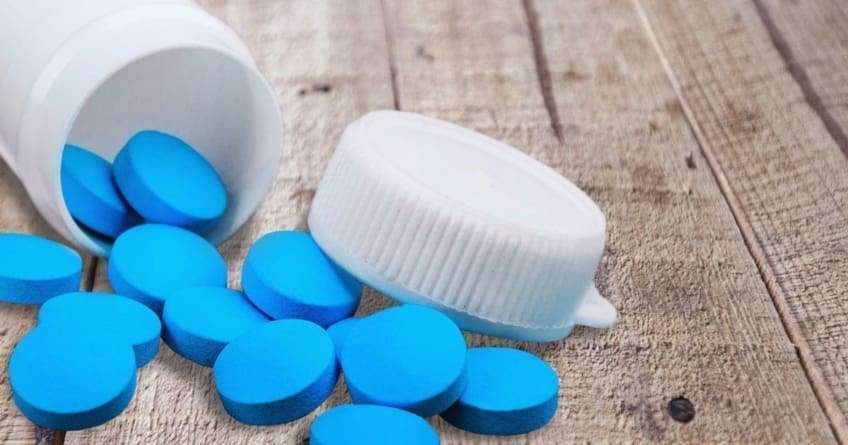
PrEP stands for pre-exposure prophylaxis. It’s a medicine some people can take before coming into contact with HIV that can prevent them from developing an HIV infection.
Path to Improved Health
PrEP is for people who are at a long-term risk of getting HIV either through sexual activity or by injecting drugs. If you’re taking PrEP and come into contact with HIV, the medicine makes it difficult for HIV to develop inside your body.
You may be a candidate for PrEP if you:
- Have a sexual partner who has HIV
- Have a sexual partner who doesn’t know their HIV status
- Have multiple sexual partners
- Don’t use a condom regularly during sex
- Have been diagnosed with a sexually transmitted disease within the past 6 months
- Share drug needles or other drug paraphernalia
PrEP also may be helpful for people who have used PEP (post-exposure prophylaxis) several times in the past. Additionally, people who have used PEP but continue unsafe practices may benefit from PrEP.
Currently, there are two PrEP medicines that are approved by the U.S. Food & Drug Administration. They are both only available by prescription from your doctor. If you want to start PrEP, talk openly with your doctor about your lifestyle. They will be able to tell you which of the two medicines is best for you. The AAFP recommends that clinicians offer pre-exposure prophylaxis (PrEP) with effective antiretroviral therapy to persons who are at high risk of HIV acquisition.
Before your doctor can give you a prescription for PrEP, you must test negative for HIV. You can only take PrEP if you’re HIV negative. Likewise, you must stay HIV negative while taking the medicine.
Once your doctor gives you a prescription, it’s very important to take it exactly as they tell you. It is important to take it at the same time every day and to not miss a dose. That’s so it can build up in your system and prevent HIV if you come into contact with it. If you don’t take the medicine as prescribed, you may not have enough of it in your body to fight off an HIV infection. The medicine can be effective in your body between 7 and 21 days after starting your prescription.
While taking the medicine, you must visit your doctor every 3 months. You will be given an HIV test to make sure you’re still HIV negative. Also, your doctor may test you for sexually transmitted infections (STIs), such as gonorrhea and chlamydia. Some STIs can make it harder for the PrEP medicine to work—and easier for you to develop HIV, even if you’re on PrEP.
If taken properly, PrEP is effective. It can reduce your risk of getting HIV from sex by more than 95%. It can reduce your risk of getting HIV from injecting drugs by more than 70%.
Things to consider
PrEP can come with side effects. Most of the time, they’re minor and don’t last long. They include:
- Pain in your stomach
- Tiredness
- Headache
- Nausea or diarrhea
- Unexpected weight loss
Sometimes people develop more severe side effects, including kidney failure, liver problems, and bone issues. Talk with your doctor about any side effects that bother you or that don’t go away.
PrEP medicines aren’t a cure for HIV. You should continue to use a condom during sex.
These medicines don’t treat a one-time exposure to HIV. Talk with your doctor about medicines that may work in that instance.
Questions for your doctor
- Am I a candidate for PrEP?
- How long will it take PrEP to start working?
- How often will I need to take the medicine?
- Will PrEP protect my sexual partner?
- How will PrEP protect me if I’m using injected drugs?
- Will I need to take PrEP for the rest of my life?
![]()
Copyright © American Academy of Family Physicians
This information provides a general overview and may not apply to everyone. Talk to your family doctor to find out if this information applies to you and to get more information on this subject.







